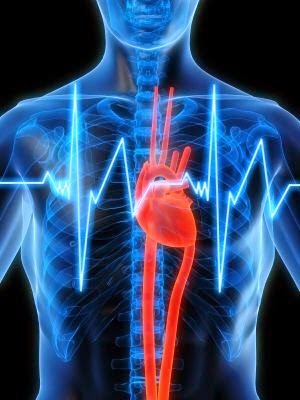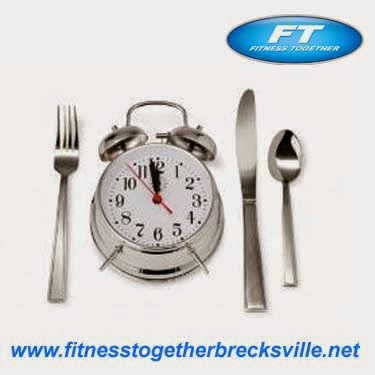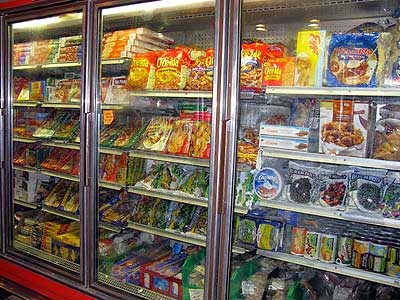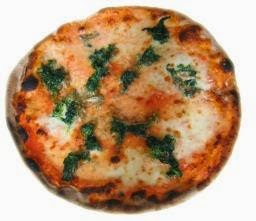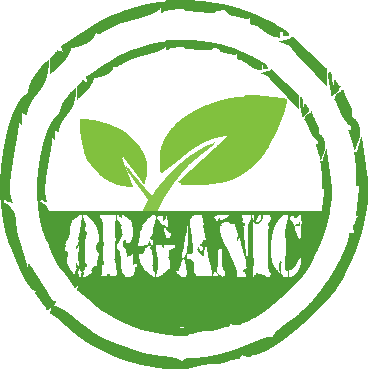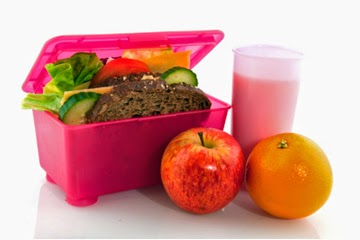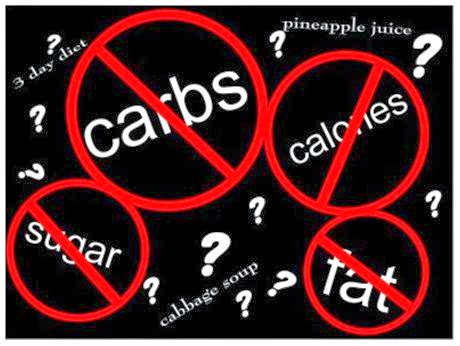Trainer Tuesdays
Welcome back to the weekly edition on Trainer Tuesdays. Make sure to check in at our blog every Tuesday evening to learn the expertise of our great staff. Aside from being fantastic exercise coaches, they are also extremely knowledgeable in many aspects of health and fitness; so, it's time that you get to know them a little better! Each week, we will post a frequently asked, or sometimes just a fun fitness related question followed by the answers of each of the trainers at Fitness Together Brecksville.
What’s My Target Heart
Rate and Why Should I Care?
Kelly Bailey: It’s
no secret that athletes utilize heart rate to increase their performance. All
too often, people wishing to lose weight or increase general fitness ignore
heart rate with the belief that the math is too complicated or that heart rate
monitoring is only for elite athletes. Knowing your target heart rate range and
monitoring your heart rate during exercise is important for all exercisers for
two reasons: first, it allows you to keep your heart rate at a safe level while
exercising; second, understanding your target heart rate range will allow you
to manipulate your heart rate during exercise to gain the most benefit.
So how do I figure
out my target heart rate range? First you need to know your maximal heart rate,
which is the highest rate your heart should beat per minute during maximal
effort exercise. To find this, simply subtract 220 from your age. Keep that
number handy. To stay safe and get the most benefit from your exercise, your
heart rate should stay between 60% and 80% of your maximal heart rate during
exercise. To find out what 60% of your maximal heart rate is, convert 60% to a
decimal (or .60), and multiply that by your maximal heart rate. That will give
you the lower end of your target heart rate range in beats per minute. Now
convert 80% to a decimal (.80), and multiply that by your maximal heart rate.
That gives you the upper end of your target heart rate range in beats per
minute. You now have your target heart rate range, and with the use of a heart
rate monitor, you can keep your heart rate at an optimal level during exercise.
Example:
I am 33 years old.
When I am exercising, I want to make sure my heart rate stays within 60% to 80%
of my maximal heart rate. If my heart rate is higher than 80%, I’m at risk of
injuring myself. If I’m exercising at a heart rate lower than 60%, I’m not
getting as much benefit from my exercise.
Find my maximal
heart rate:
220 – 33 = 187 beats
per minute
What’s Kelly’s
target heart rate range (60% - 80%):
187 x .60 = 112
187 x .80 = 150
During exercise, my
heart rate should stay between 112 and 150 beats per minute. Keeping my heart
rate within this range will keep me safe while giving me the most bang for my
exercise buck.
Taynee Pearson: Your target heart rate zone is determined
using the Karvonian formula. It is determined by using the number 220 and
subtracting your age from 220, the result will be known as your maximum heart
rate. The target heart rate zone is determined by a percentage of to your
maximum heart rate, normally 60-85% would be your target heart rate zone. There
are different zones within that target zone. It is important to pay attention
and be aware of your target heart rate zone because it helps us figure out if
we are working too hard or if we need to work harder. It helps you determine
how many calories were burnt during the workout too.
Jenn Noggle: Your target heart rate zone is basically
just a scale of how hard your heart is working (cardiovascularly) when you
exercise. It is measured in beats per minute (bpm) and gives you a range
of numbers that are a general goal to maintain during exercise for an
optimal session. The simple math required to determine your suggested target
heart rate zone is as follows:
To determine your target heart rate zone you have to do some
simple math.
220-your age= maximum heart rate
60-85% of your maximum heart rate= target heart rate zone
60-85% of your maximum heart rate= target heart rate zone
Keep in mind that the 60-85% is a general recommendation,
and based on your personal goals and current fitness condition, your trainer
may suggest a slightly higher or lower percentage range.
Heart rate can be determined by using a heart rate monitor
during exercise, simply counting your pulse for one minute during exercise, or
using the hand sensors on the cardio equipment (although some sensors may not
be accurate if the machine hasn't been properly calibrated or repaired)
You can also use a simple Rate of Perceived Exertion scale
if you would rather not bother with a monitor. Use a scale of 1-10 with 1 being
the intensity of sitting still and 10 being your absolute maximum effort. Aim
to stay in a 6-8 estimated rate.
Steven
Madden: Your target heart rate is a tool to determine a level of training
intensity. Your target hart rate is a percentage of your Maximum Heart
Rate. There are several techniques for determining your maximum heart
rate, but a doctor administered cardiac stress test is the only truly accurate
measurement, all others are an educated guess. A simple technique would
be to take 220 and subtract your age. Again, this is only a general indicator.
For health benefits, the ClevelandClinic recommends that your target heart rate should be between 60-80% of your
maximum heart rate. They further advise against working above 85% your
target heart rate, pointing out that that level of intensity increases
both cardiovascular and orthopedic risk with minimal, additional health-related
benefit from the exercise.
Always consult your doctor before
beginning any exercise regiment. They may recommend lowering your target
heart rate for medical reasons, particularly if you are on certain medications.
It may also be necessary to start with a lower target heart rate based on
your overall level of conditioning. It is also worth noting that your
maximum heart rate is largely dictated by genetics, not an indication of
physical fitness and will not increase with training, so please don't try.
But armed with a good target heart rate you can effectively improve your
fitness levels and well-being.
© 2014 Fitness Together, Inc. All
Rights Reserved. Powered by Fusionbox.
About | Contact | Franchise | Suppliers | History | Leadership | NutritionTogether |Sitemap | PrivacyPolicy | TermsofUse | Facebook | YouTube | Twitter | Linkedin

